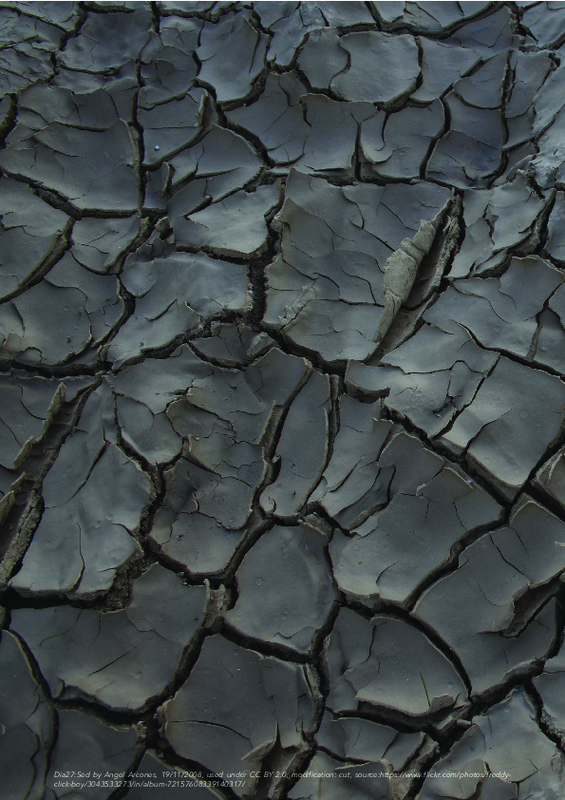JavaScript is disabled for your browser. Some features of this site may not work without it.
Buscar en RiuNet
Listar
Mi cuenta
Estadísticas
Ayuda RiuNet
Admin. UPV
Sustainability of earth building materials - Environmental product declarations as an instrument of competition in building material industry
Mostrar el registro sencillo del ítem
Ficheros en el ítem
| dc.contributor.author | Schroeder, Horst
|
es_ES |
| dc.contributor.author | Lemke, Manfred
|
es_ES |
| dc.date.accessioned | 2016-09-13T06:41:13Z | |
| dc.date.available | 2016-09-13T06:41:13Z | |
| dc.date.issued | 2015-12-29 | |
| dc.identifier.uri | http://hdl.handle.net/10251/69294 | |
| dc.description.abstract | [EN] The evaluation of the building process in terms of their environmental impact in all life cycle phases of a building leads to the key principle of sustainable building: the analysis of the life cycle of the materials used in a building. The goal of this analysis is to reduce waste and keep the environmental impact as low as possible by “closing” the cycle. During an inventory, the entire life cycle is assessed. This includes the sourcing and extracting of the raw material, the use of the raw material to produce building products, elements and structures, the use in finished buildings including emission of pollutants, decay and maintenance, and, finally, the demolition of the building and the recycling of the demolition materials. Transportation between the individual phases as well as production-related material and energy flows are also included in this evaluation.Several European and national norms and regulations define core rules and a special instrument for the evaluation of the sustainable quality of a building product based on a quantitative analysis of the life cycle of the materials used in a building: the Environmental Product Declaration EPD. These documents are voluntary standards, commitments or guarantees for building products. They are provided by producers, organizations and quality assurance associations in order to establish the “environmental performance” of buildings in the form of a certificate. Such declarations must fully include all phases of the life cycle of a product by describing the environmental impact during production and use as well as possible health hazards for the users.Until now, EPDs for earth building products do not exist. This paper will give current information about a project for developing EPDs for earth mortars and earth blocks started by the German Dachverband Lehm e.V. (DVL). | es_ES |
| dc.language | Inglés | es_ES |
| dc.publisher | Universitat Politècnica de València | |
| dc.relation.ispartof | VITRUVIO - International Journal of Architectural Technology and Sustainability | |
| dc.rights | Reconocimiento - No comercial (by-nc) | es_ES |
| dc.subject | Sustainability | es_ES |
| dc.subject | Environmental impact | es_ES |
| dc.subject | Building material industry | es_ES |
| dc.title | Sustainability of earth building materials - Environmental product declarations as an instrument of competition in building material industry | es_ES |
| dc.type | Artículo | es_ES |
| dc.date.updated | 2016-09-07T11:00:36Z | |
| dc.identifier.doi | 10.4995/vitruvio-ijats.2015.4474 | |
| dc.rights.accessRights | Abierto | es_ES |
| dc.description.bibliographicCitation | Schroeder, H.; Lemke, M. (2015). Sustainability of earth building materials - Environmental product declarations as an instrument of competition in building material industry. VITRUVIO - International Journal of Architectural Technology and Sustainability. (1):45-55. https://doi.org/10.4995/vitruvio-ijats.2015.4474 | es_ES |
| dc.description.accrualMethod | SWORD | es_ES |
| dc.relation.publisherversion | https://doi.org/10.4995/vitruvio-ijats.2015.4474 | es_ES |
| dc.description.upvformatpinicio | 45 | es_ES |
| dc.description.upvformatpfin | 55 | es_ES |
| dc.type.version | info:eu-repo/semantics/publishedVersion | es_ES |
| dc.description.issue | 1 | es_ES |
| dc.identifier.eissn | 2444-9091 | |
| dc.description.references | Dachverband Lehm e.V. (Hrsg.)(2004). Lehmbau Verbraucherinformation. Weimar: Dachverband Lehm e.V. | es_ES |
| dc.description.references | Deutsche Gesellschaft für Nachhaltiges Bauen (Hrsg.) (2012). Ausgezeichnet. Nachhaltig bauen mit System. DGNB Systembroschüre. Stuttgart. | es_ES |
| dc.description.references | Glücklich, D. (Hrsg.) (2005). Ökologisches Bauen – von Grundlagen zu Gesamtkonzepten. Deutsche Verlags-Anstalt, München. | es_ES |
| dc.description.references | Natureplus e.V. (Hrsg.). Richtlinien zur Vergabe des Qualitätszeichens, natureplus". | es_ES |
| dc.description.references | Schroeder, H. (2016). Sustainable Building with Earth. doi:10.1007/978-3-319-19491-2 | es_ES |
| dc.description.references | Thomson, A.; Maskell, D.; Walker, P.; Lemke, M.; Shea, A., and Lawrence, M. (2015). Improving the hygrothermal properties of clay plasters. NOCMAT paper; Winnipeg | es_ES |








